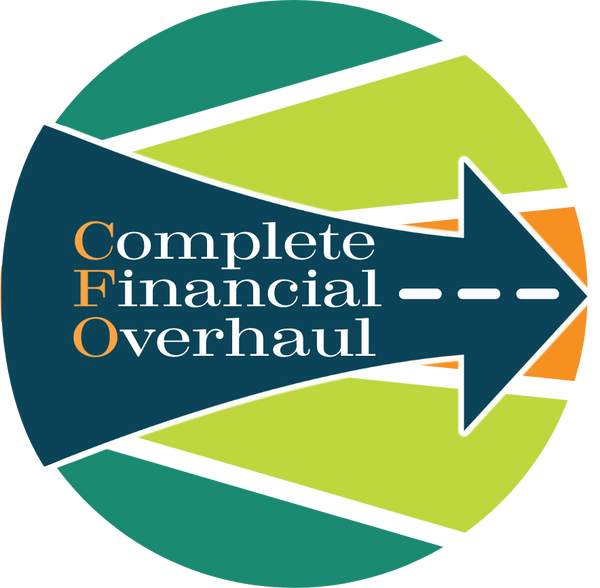The Power of Tracking Your Spending: How Small Steps Lead to Big Savings
Share
Managing your finances can sometimes feel like navigating a maze blindfolded—bumping into walls and taking wrong turns can be frustrating. But what if you had a map to guide you through this financial labyrinth? That’s exactly what tracking your spending can be: a detailed map that shows you where your money is going, helping you find ways to save more. In this journey of financial empowerment, even the smallest steps can lead to substantial savings.
Imagine you start your day with a coffee from your favorite café, grab lunch at a local diner, and occasionally indulge in online shopping. Each of these transactions might seem insignificant on their own, but cumulatively, they can carve a deep hole in your wallet. Tracking your spending allows you to see these patterns: it’s like shining a flashlight on the darker corners of your financial habits where money slips away unnoticed.
Now, let’s break down how to effectively track your spending. First, choose your tools—there are several apps and spreadsheets available, or you could even use a good old-fashioned journal. Record every purchase or expense, no matter how small. This habit can be eye-opening, revealing how often those little purchases add up to big amounts.
After a month of tracking, analyze your spending. Categorize your expenses into necessities and luxuries. How much are you spending on non-essential items? Could you reduce these costs? Sometimes, finding alternatives, like brewing your own coffee or preparing meals at home, can save a surprising amount of money. The goal here isn't to strip all the joy from your life but to make spending decisions that align more closely with your financial goals.
Armed with this knowledge, set realistic budget goals. If you discover you’re spending $100 a month on coffee alone, cutting back to homemade coffee could save you a chunk of money. Redirect these savings towards your financial goals, whether it’s paying down debt, saving for a vacation, or building an emergency fund. Every dollar you redirect from unnecessary spending to savings is a victory.
Moreover, regular tracking helps you adjust your budget based on actual spending and adapt to changes in your financial situation. Think of it as recalibrating your compass on this financial journey. As you become more aware of your spending habits, you'll likely discover more opportunities to save. It’s empowering to see the direct impact of small changes on your financial health.
In conclusion, tracking your spending isn’t just about numbers and budgets; it’s about gaining control and making informed decisions that pave the road to financial freedom. By understanding where your money goes, you can cut unnecessary costs, save more, and feel more secure in your financial journey. Start today, and watch how small steps can lead to big savings and a clearer path toward your financial goals. Remember, every great journey begins with a single step. Let tracking your spending be that step.
